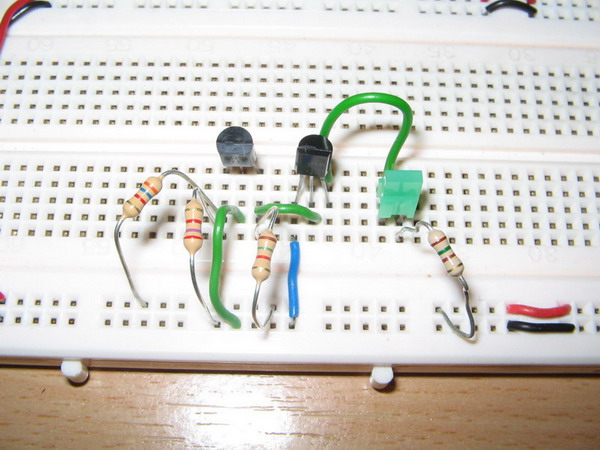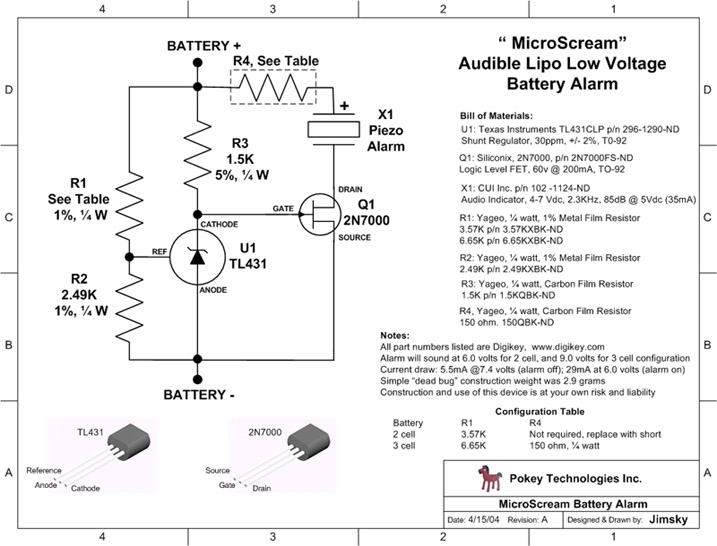Anyone tried to make this? http://www.rcgroups.com/forums/showthread.php?t=221018
The parts may be bought from SLT level 3.
Would appreciate it if someone who managed to get it to work share their experience. I pieced my on a breadboard but the thing doesn't work...
Thanks!
The parts may be bought from SLT level 3.
Would appreciate it if someone who managed to get it to work share their experience. I pieced my on a breadboard but the thing doesn't work...

Thanks!








Comment